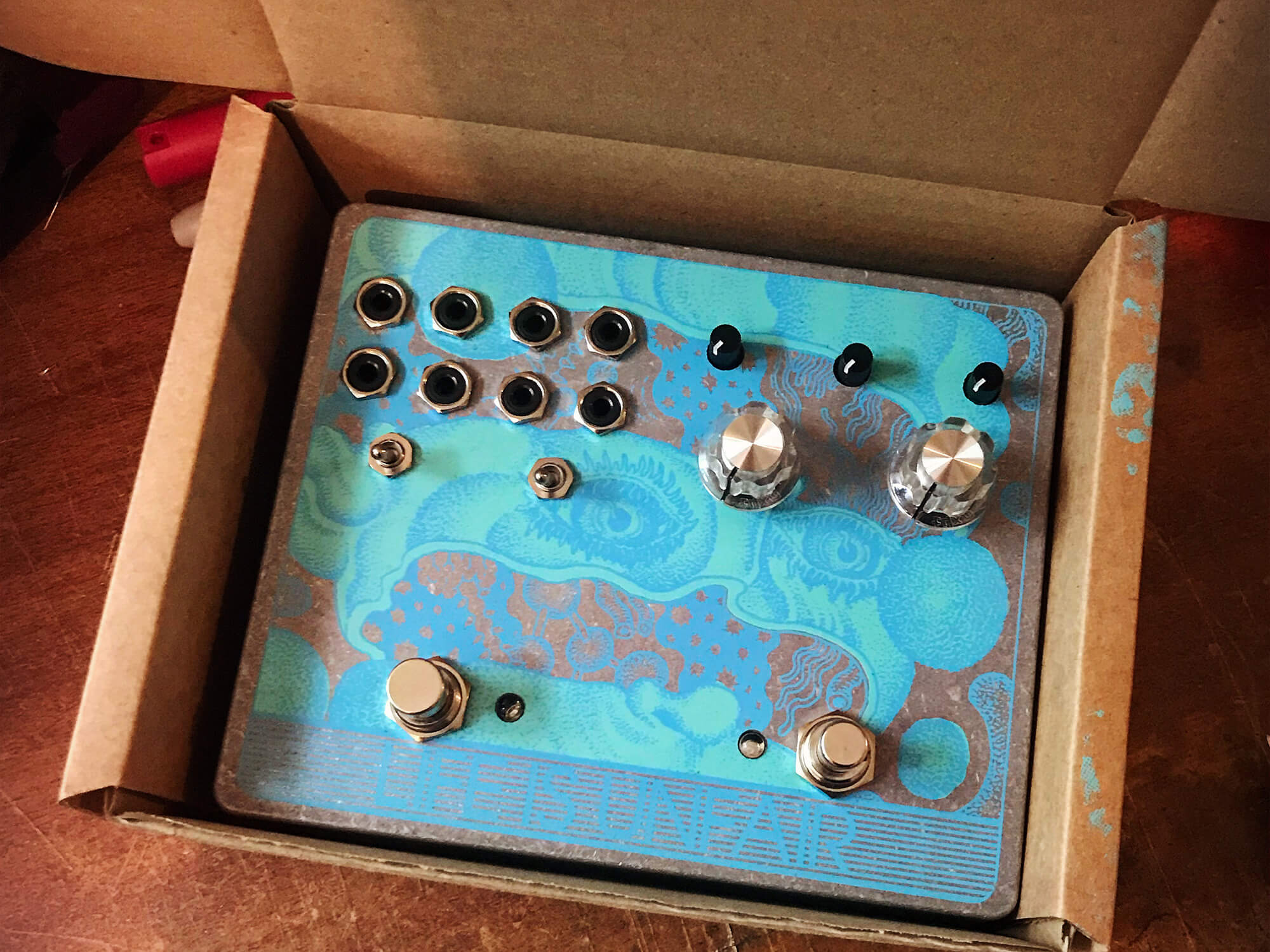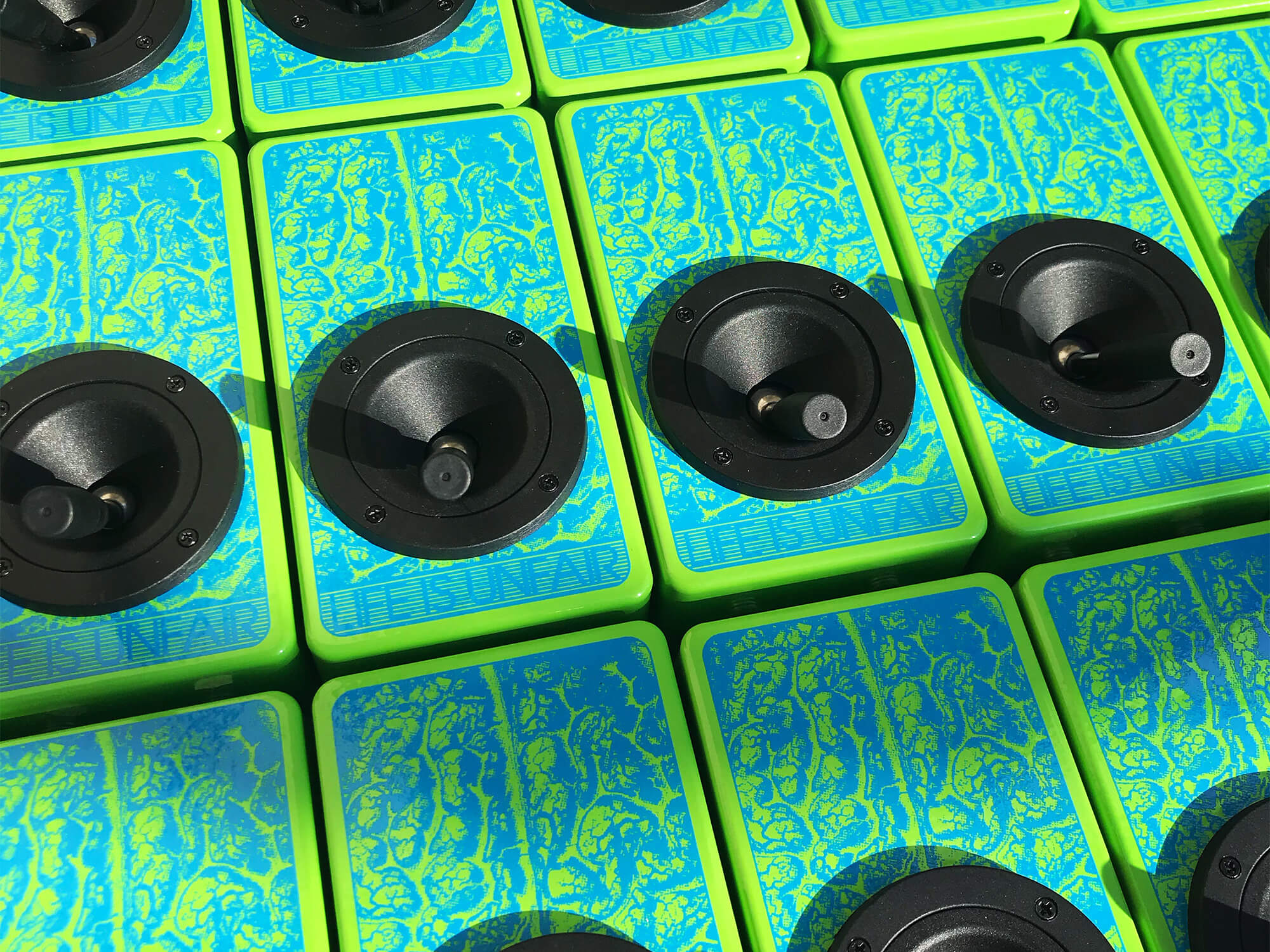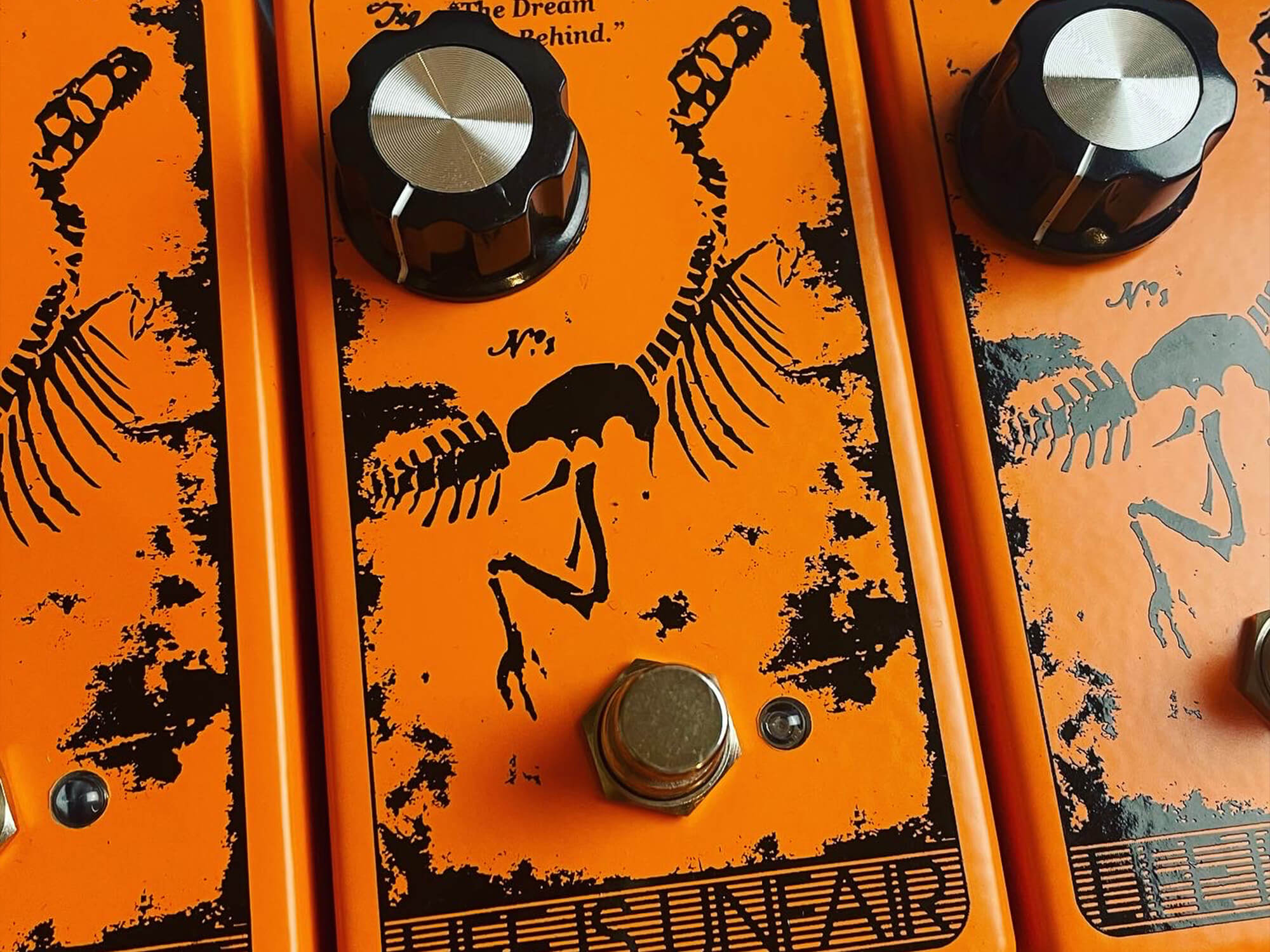
Say goodbye to aches and pains, and hello to support and comfort.
By Micki Wagner |
Published Jul 28, 2022 4:37 PM While professional chefs spend hours on their feet every day, a home cook is probably not putting in as many miles in the kitchen. Regardless, a supportive pair of shoes is a good investment— and they don’t just have to be clogs. Whether they’re boots, running shoes, or well-loved Danskos or Birkenstocks, there are lots of great options on the market, though the shoes you select should be the pair that best suits your needs, both in and out of the kitchen.
“Chefs should wear what they want; it’s a personal choice,” says Andrew Zimmern, chef and judge on Netflix’s
Iron Chef: Quest for an Iron Legend. “If you only have to hop in a kitchen for a few days a month, your requirements are different than if you are working 10 hours a day or more in a hot room with slippery floors, surrounded by sharp objects, 500-degree ovens, heavy crates, scalding water, steamers, and fryers.”
Though shoes can be exceptionally
personal, for chefs who regularly work long hours in restaurant kitchens, there are options that will provide better slip-resistance, comfort, support, and be better able to endure hot liquids spilling and/or sharp objects falling. In other words, safety is the top priority here, and according to Dr. Sarah Haller, a New Jersey-based podiatrist and star of TLC’s
My Feet Are Killing Me, shoes that have lug soles are preferred.
With all of this mind, we went in search of the best chef shoes. Read on for the top footwear recommendations from chefs and Dr. Haller.
Material: cork and leather | Color Options: available in two colors | Style: slip-on Check Price Why we chose it: A classic chef shoe loved for its comfort and support during long shifts.
“My go-to shoe, especially for long hours in the kitchen,” says Michelle Chan, chef de cuisine at
Mister French in New York City. “They’re so comfortable, and I especially love the way they form to the contour of my foot over time.” This is also why Dr. Haller loves Birkenstocks—the cork base and the leather upper expand naturally, providing ultimate comfort. They’re also supportive because of the cork. Dr. Haller says it absorbs impact and, over time, forms to your foot, effectively giving you a custom sole, which is a big part of what makes them one of the best chef shoes on the market right now. That being said, they are on the expensive side, and they are flatter than a boot or a running shoe, which Nicole Brisson, executive chef of Brezza and Bar Zazu in Las Vegas’ Resorts World, points out can make it difficult to reach the pass if you’re on the shorter side.
Material: canvas and rubber | Color Options: available in 9 colors and patterns | Style: slip-on Check Price Why we chose it: Funky slip-ons preferred by chefs for their value and ability to go beyond the kitchen.
A favorite shoe amongst skaters, Vans make for great chef shoes for similar reasons. They are comfortable, water- and slip-resistant, and they work well in many different scenarios. As if all that isn’t enough, they’re also very affordable without slacking on quality. “You can’t beat the price point,” says Brett Riley, executive chef of
Maya in Charleston, S.C. “The other chef shoes I used in the past were very expensive and didn’t really last longer. While working in New York City, I found myself having to travel around the city through the course of my day, so I got very accustomed to having something with a little more street sensibility.” Much like Birkenstocks, though, these are also flat, which might not be ideal for every chef.
Check Price Material: suede, synthetic suede, and French terry | Color Options: available in two colors | Style: sneakerWhy we chose it: A durable running shoe that provides lightweight support.
While most chefs’ first choice doesn’t appear to be running shoes, these are a great alternative to the traditional clogs and slip-ons worn in the kitchen. According to Dr. Haller, running shoes like this also provide great support. “Running shoes have a higher heel, which means you’re going to put less pressure at the back of your heel, thereby alleviating pain in your Achilles, which goes up to your knee, which goes up to your back. Therefore, you get the lumbar support, as opposed to when you have a Birkenstock, which is flatter,” she says. Olivier Palazzo, executive chef at
Foragers Table in New York City, loves these shoes for how lightweight and comfortable they are. The only real downside is that they can be a little pricey, and fabric shoes don’t protect against hot liquids that could slosh onto your feet.
Check Price Material: leather and wood | Color Options: available in 10 colors | Style: closed-toe sandalWhy we chose it: A stylish option that doesn’t slack on support.
“I like a clog with a small heel, and these are by far my favorite,” says Kelsey Barnard Clark, chef and owner of Dothan, Alabama’s
KBC and author of
Southern Grit. “I purchased this pair years ago and loved them so much that I immediately went back and ordered three more.” Apart from being fashionable, Barnard Clark also loves them because the heel helps take some of the pressure off her knees. “Not to mention I’ve always felt more confident and generally more badass in a heel so I consider this an all-around win,” she says. And while the straps are made from 100 percent leather and are nice quality, these are also sandals, which means that part of your feet will be vulnerable to spills and falling sharp utensils. But for the chef who might not spend as much time in a restaurant kitchen as they do at events, hosting cooking shows, being a private chef, or testing recipes for a cookbook – this pair is a great option.
Check Price Check Price Material: leather and rubber | Color Options: available in three colors for women and two for men | Style: clogWhy we chose it: A reliable set of clogs that feel good on and offer great protection for your feet.
Danskos are beloved by chefs for their comfort and utility. They’re slip-resistant and waterproof, with a padded instep collar for added comfort. Dr. Haller loves them for their support and protection. “Danskos provide a supportive upper end that protects your foot, especially if you’re working with cutting utensils.” As much as these shoes are a favorite amongst chefs (and medical personnel), they also cost a pretty penny and are said to scuff pretty easily.
Check Price Material: leather and suede | Color Options: available in dark olive, but other styles offer more color options | Style: bootWhy we chose it: A dependable boot offering ankle support and slip resistance as well as a little bit of style.
“If you are working in a fast-paced, serious kitchen, you need a true work shoe with incredible support, a no-skid, no-slip sole, shoes that are stain resistant, ankle-high, and are made to stand up to serious wear and tear. Sneakers won’t cut it; neither will Birkenstocks or clogs (ankle breakers). I wear all of them when I am doing one-off cookery. But in day-to-day environments, I like Blundstone boots,” says Zimmern. If clogs and sneakers aren’t for you, then this boot just might be. They’re comfortable, durable, slip-resistant, and waterproof. They are the shoe of choice for Gabe McMackin, executive chef and culinary creative director at
Troutbeck in New York, as well as Leonard Botello IV, owner and pitmaster of
Truth BBQ in Texas. “Blundstones are great because they are non-slip, and therefore, great for the kitchen and a tougher environment like the pit room that is operating around 125 degrees,” Botello says. Though they are loved by chefs, they can get a bit pricey, not unlike many of the shoes on this list, and when ordering, the sizing appears to be hard to hack, often running too small for some customers, though some reported theirs were too big. That being said, Blundstone does suggest ordering half a size up if you want a wide fit.
You might be surprised to find that Crocs didn’t make it into our top picks. This is because, while some chefs do love their Crocs, the shoes were specifically called out by Dr. Haller for their lack of support, the fact that some models have holes in the top, which would not protect the wearer against hot oil spills, and the potential for hot liquids to burn right through the rubber. As well, one chef mentioned that he stopped wearing Crocs because it hurt his back. So because of this, we chose not to feature Crocs.
Another runner up is Air Jordans. Scott Conant, chef and owner of
The Americano in Scottsdale, Ariz., and Atlanta, and Jamal James Kent, chef and partner at
SAGA,
Overstory, and
Crown Shy in New York City, both said they wear Jordans in their kitchens, in part because it allows them to show off their style. “I’m a native New Yorker, and sneaker culture has always been a part of the fabric of the city,” Kent says. “At a restaurant like Crown Shy, where we play dope music and have Biggie Smalls on the wall, wearing cool sneakers fits who we are as a restaurant. I also wear a chef coat, an apron, and a pair of black pants every day, so mixing up my sneakers allows me to show some personality in my uniform.” We chose not to feature them in our list for two reasons: 1) because we don’t believe that they are necessarily better in terms of support and durability than a running shoe would be for long hours in the kitchen, and 2) because there are so many styles to choose from that we couldn’t possibly choose just one to recommend, since part of the fun of wearing them is showing off your own style.
It’s also worth mentioning that one chef—Chris Cryer, executive chef at
Peak in New York City—recommended Doc Martens. “I’ve been wearing Doc Martens in the kitchen for years. I have found them to be truly timeless—both in caliber and style. They are tough, durable, and a high-quality shoe. There is always a great feeling buying a fresh pair, and an even greater feeling breaking them in in the kitchen.” Because more chefs recommended Blundstone Boots, we went with those for best boots, but given how highly rated they are, Doc Martens are also worth mentioning as being a good choice for chef shoes.
We spoke to 12 chefs and a podiatrist to get recommendations for best chef shoes. We made our selections based on these recommendations and the insights they gave us, such as shoes needing to be both water- and oil-resistant, slip-resistant, comfortable, and able to support a chef’s back and knees.
“The number one thing for any chef is going to be non-slip,” says Dr. Haller. Kitchens can have water, hot liquids and grease spilled onto a tile floor, so making sure your shoes are slip-resistant is incredibly important, so as to prevent chefs from falling and getting injured.
In general, Dr. Haller recommends a rubber-sole shoe for slip resistance and a leather upper so that hot spills won’t burn through the shoe, and also to protect against falling knives, so they won’t cut through the fabric into your foot.
“Aside from a sharp knife, proper shoes are one of the most important things to have in a professional kitchen,” says Carolyn Nguyen, chef and owner of
Philadelphia’s Revolution Taco. “I put functionality before looks. My kitchen shoes must feel comfortable and be easy to slip on and off to provide breathing room, non-slip, and be easy to clean.”
Along with slip resistance, comfort is an important factor when chefs are considering their shoes. Part of what contributes to comfort is how well a shoe can support a chef who has foot, knee and/or back pain. As Dr. Haller says, it all radiates up. As well, many of the chefs we spoke to don’t use insoles, so having a comfortable sole already in your shoe that can support, and even conform to your foot, like Birkenstocks, is significant. Maneet Chauhan, founder and president of Nashville’s
Morph Hospitality Group and a judge on Food Network’s
Chopped, also notes that she picks shoes that are a half size larger, so as to be more comfortable in them.
At the end of a long shift, you don’t want a shoe that’s going to be a hassle to clean, and according to Dr. Haller, chefs should be cleaning both the outside and the inside of their shoes on a regular basis, so as to prevent fungus from growing inside the shoe and bacteria (such as E. Coli) from being tracked around your restaurant and your house. So, a rubber and/or leather shoe will typically be easier to clean than a cloth-based shoe.
Chefs wear specific shoes for two reasons: 1) because they spend so much time on their feet working and 2) because of the specific dangers present in a kitchen. Because of these factors, they need shoes that will help keep them safe at work and keep them from experiencing the aches and pains brought on by running around a kitchen all day.
Scrub them with soap and hot water, Dr. Haller says. This will help kill off bacteria. She recommends using a bristle brush to clean the exterior of the shoe, particularly the bottom. But don’t ignore the inside of your shoes. Dr. Haller says to take out the insole and spray the inside with an antibacterial spray.
Yes! Many of the chefs we spoke with believe that restaurant workers should wear footwear that is similar to or the same as chefs’. “We’re all roughly working the same hours, on our feet, on the same grounds. Everyone in the kitchen should be treated as equals, and so should their feet,” says Barnard Clark.
If you work long hours in a kitchen, it’s worth springing for a durable, slip-resistant, water- and oil-resistant shoe that will protect your feet from spills and sharp utensils. Clogs and slip-ons tend to be the preference of
many chefs, but ultimately, the shoes you pick need to be the ones that work best for your needs, whether that’s supporting your back and knees during long shifts or being able to easily and comfortably run around town as well as your kitchen.
Every product is independently selected and vetted by editors. Things you buy through our links may earn us a commission.RELATED
The brand is the secret weapon in restaurant kitchens around the world
READ NOW
RELATED
We cooked dozens of waffles to find the very best.
RELATED
Skip the scratches when you cook with these pots and pans.
Want more Saveur?
Get the world's best recipes and kitchen tips in your inbox.
Articles may contain affiliate links which enable us to share in the revenue of any purchases made.
Registration on or use of this site constitutes acceptance of our Terms of Service.
© 2022
Recurrent. All rights reserved.
source
https://4awesome.streamstorecloud.com/the-best-chef-shoes-to-help-you-power-through-long-shifts-saveur/?feed_id=3221&_unique_id=632a2513bf429
 A few clouds. A stray shower or thunderstorm is possible. Low 72F. Winds light and variable..
A few clouds. A stray shower or thunderstorm is possible. Low 72F. Winds light and variable.. 

 Say goodbye to aches and pains, and hello to support and comfort.
Say goodbye to aches and pains, and hello to support and comfort. 
 Located at the gateway to Scandinavia and often unfairly overlooked compared to its more famous European counterparts, Copenhagen has a lot going for it. Frequently ranked one of the happiest cities in the world, the Danish capital boasts stunning European architecture, a rich culture, and laid-back vibes punctuated by “hygge” (a Danish term roughly translating to “cozy vibes”). With these and a few unique, endearing twists of its own, Copenhagen is an absolute must-stop on your next trip to Europe.
Located at the gateway to Scandinavia and often unfairly overlooked compared to its more famous European counterparts, Copenhagen has a lot going for it. Frequently ranked one of the happiest cities in the world, the Danish capital boasts stunning European architecture, a rich culture, and laid-back vibes punctuated by “hygge” (a Danish term roughly translating to “cozy vibes”). With these and a few unique, endearing twists of its own, Copenhagen is an absolute must-stop on your next trip to Europe.
 The UK-based builder talks quitting their day-job and collaborating with a host of other indie builders.
The UK-based builder talks quitting their day-job and collaborating with a host of other indie builders.



